
Wine Culture Magazine
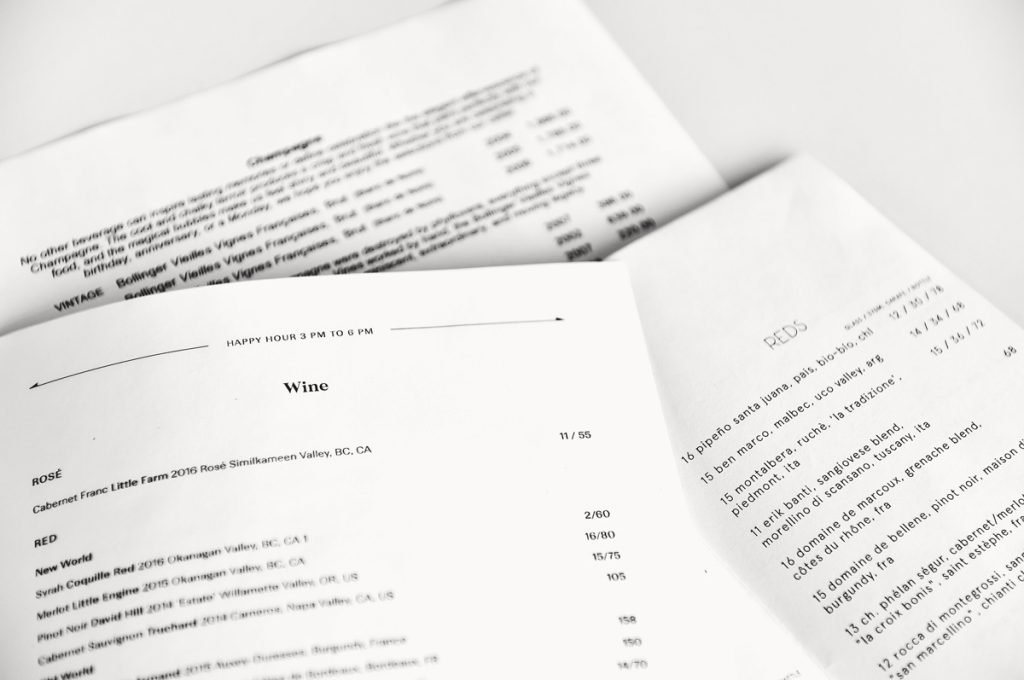
Dan Toulgoet photo
No longer an afterthought, restaurant wine lists have become a crucial aspect of the dining experience. They needn’t be tomes, or scholarly; they do need to be engaging and thoughtfully curated.
For wine lovers, a good list can make or break a guest experience.
The list, however, is just a start. Equally essential are service, glassware and enthusiastic knowledge concerning the finer details of wine, not to mention food-pairing capabilities.
Managing these principles is no easy task; it takes a top-notch palate, humility and years of accumulated experience. So who better to enlighten us than some of Vancouver’s best wine-list architects?
The following three purveyors of good taste are respected sommeliers. All are recipients of a gold or platinum plaque handed out during the 2018 Vancouver International Wine Festival’s Wine Program Excellence Awards. Their talents include: sabering savvy, exceptional aptitude for swirling, a dogmatic focus to tasting, and precision spitting techniques.
We asked these stewards of the corkscrews what really does go into creating a great wine list. They were more than happy to share their wisdom.
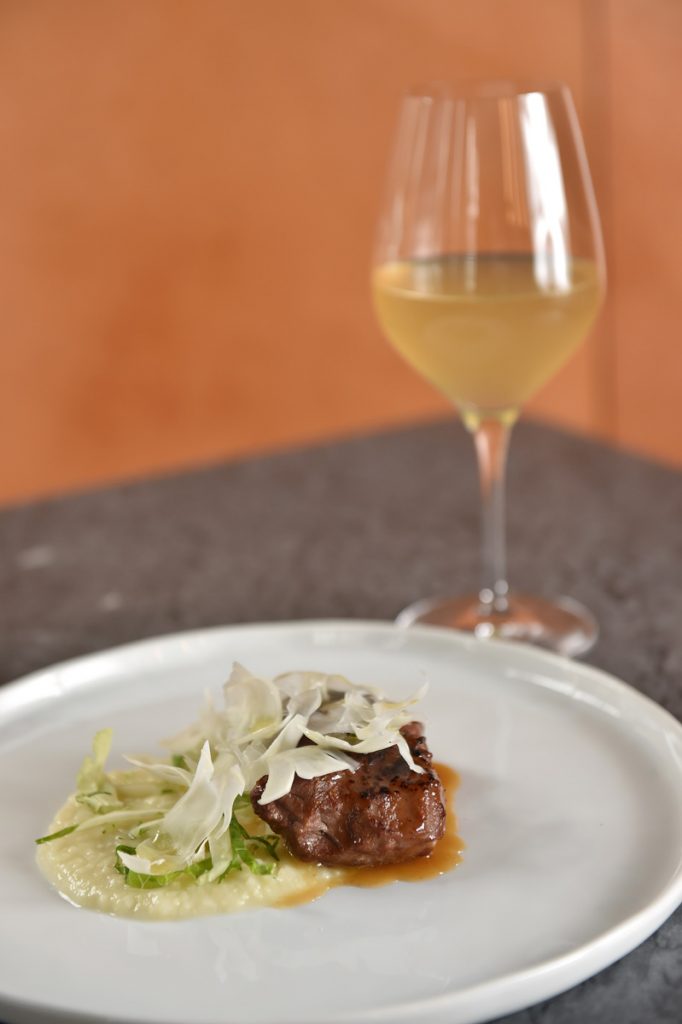
At Mak N Ming, sommelier Roger Maniwa pairs the signature pork cheek dish with the Haywire Free Form 2016. The wine is a fruity but austere Sauvignon Blanc whose tropical fruit notes contrast with the unctuous pork braised in sake kasu and bacon jus, as well as the the cauliflower “risotto” accompaniment. Dan Toulgoet photo
There is a lot of work put into growing grapes; I try to never forget that, and do what I can with the resources available to me to show the wine at its best.
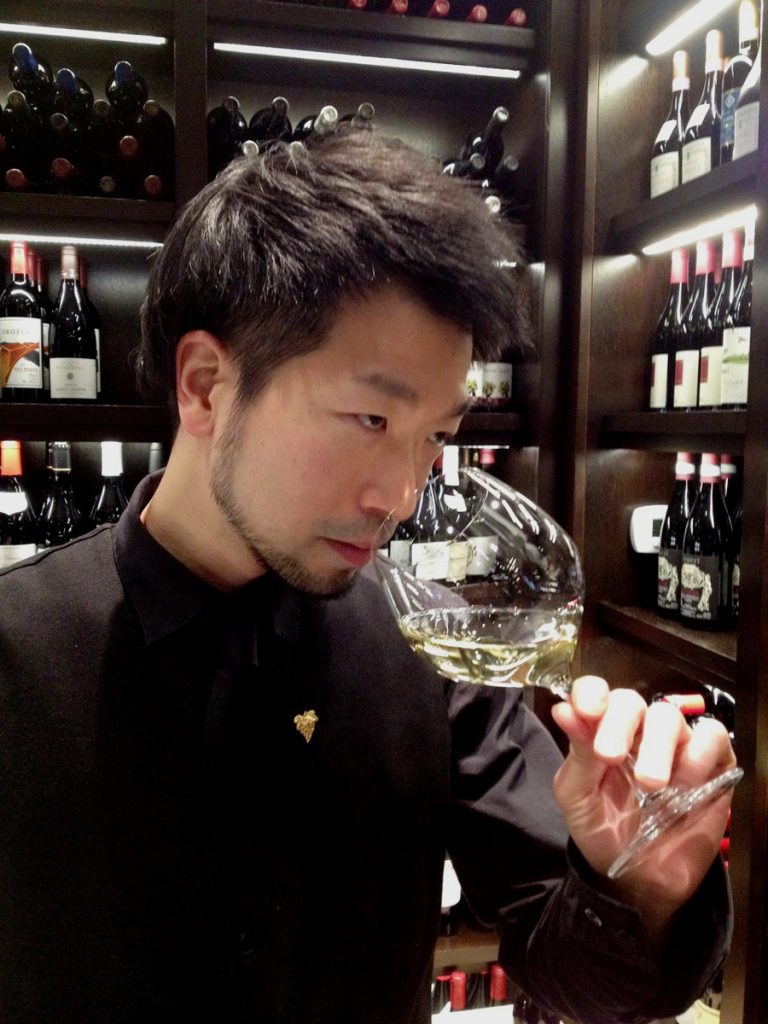
Roger Maniwa, sommelier at Mak N Ming, samples a vintage from his well-edited wine selection. Contributed photo
“What I try to focus on are wines chosen for drinkability, the restaurant’s style, and balance—so there is something for any palate and price.
But the wine program is just one piece of the puzzle.
If there were a secret, it would be the need for someone (or a team) on the floor, specializing in providing proper wine service that is tailored to a guest’s needs. The greatest restaurants in the world have the greatest wine standards—I strive to get closer to that level of professionalism.
That [service] includes being flexible—how you treat a product. Whether it is best to decant or not, choosing the appropriate shape of glass to accentuate the aromas, serving temperature, and keeping in mind respect for the people who make it. There is a lot of work put into growing grapes; I try to never forget that, and do what I can with the resources available to me to show the wine at its best.”

Champagne is a natural partner for Blue Water Café’s caviar service. Here Mulholland pairs Northern Divine caviar with Jean Milan “Synphorine” 2009 Grand Cru Blancs de Blancs. Dan Toulgoet photo
The more understanding you have of the wines, the better you can make decisions about how they fit.

At Blue Water Café + Raw Bar, wine director William Mulholland can select from a vast selection of fine vintages from B.C. and around the world. Dan Toulgoet photo
“There isn’t really a secret to building a great wine list. It is a combination of variables, and true skill is how you manage them all correctly.
Know the food you are serving and select wines to complement and enhance the dishes.
Have a great knowledge of wines and where they come from; the more understanding you have of the wines, the better you can make decisions about how they fit.
Think to the future. Many wines are purchased before they are ready to drink, so you must purchase them with the intent of having them for a while, and forecast when you will release them, what other wines may be on your list at that time, and when you will need to replenish your stock. Buy sections at a time, not one listing at a time.
Create a list that will appeal to your clientele and attract a market mix that fits with your restaurant. Be organized; there is no point in having great wines if you can’t find them, if the vintage is incorrect, or you don’t know when to replace them.
Being a sommelier is not just about sharing your wine knowledge with guests. It’s a lot of behind-the-scenes work, like spreadsheets, calculating price and value, attending meetings with wine agents, and keeping up to the ever-changing world of wine.”
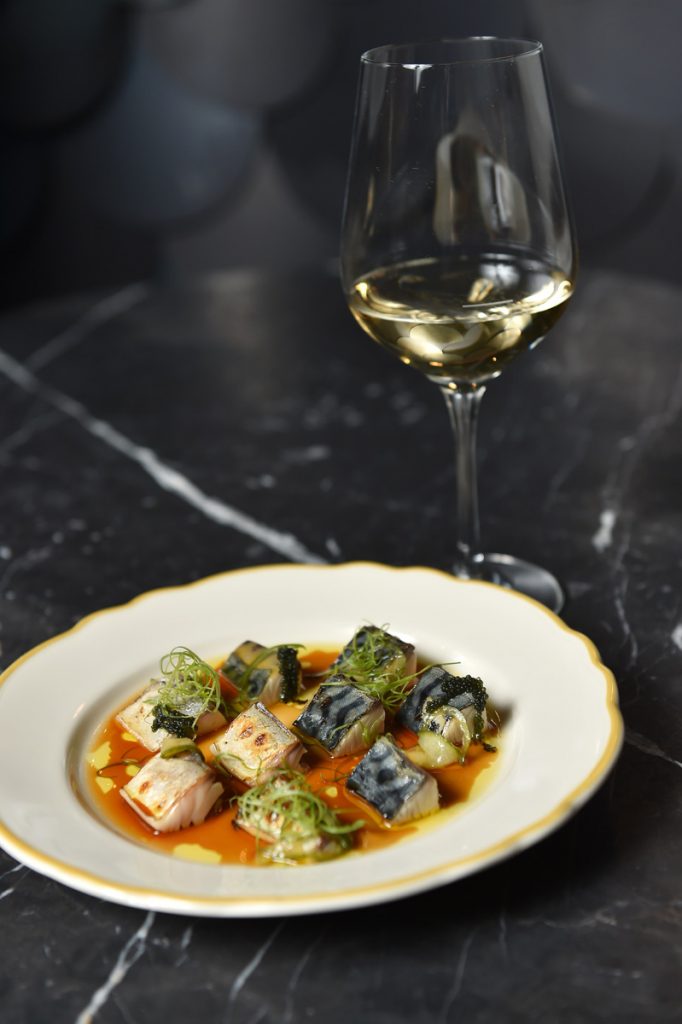
Restaurant director and sommelier Lisa Haley finds she has to fine-tune the wine selection for guests at the two restaurants. At L’Abattoir, she serves mostly big reds, while at Coquille Fine Seafood, it’s lighter whites that pair well with the mainly seafood menu. Dan Toulgoet photo
The secret: always have a plan.
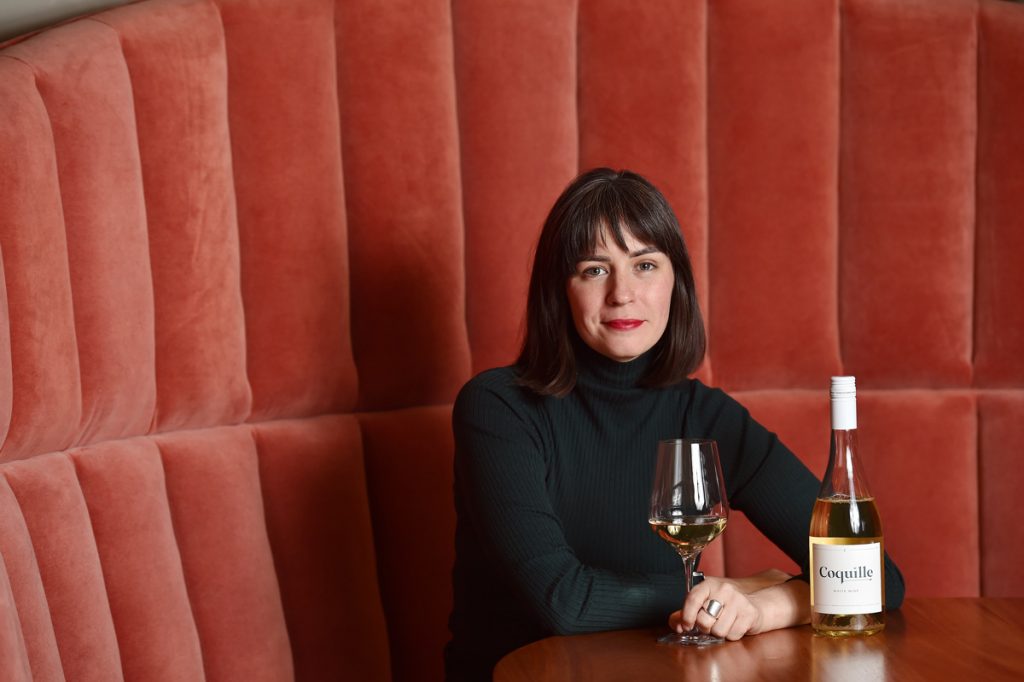
At Coquille, Haley pairs the bright, flavourful mackerel crudo with the bespoke house white wine produced by Lock & Worth, the equally lively Coquille Semillion 2016 from the Okanagan Valley. Dan Toulgoet photo
“The secret: always have a plan.
I know how I want the list to look and feel. I revisit my plan every few months to make sure I’m still on track. I keep an outline of what sorts of wines I want on each list and then hunt relentlessly to find the best wines to fill those spots. Those wines make up the backbone of the list, and then I leave some room to play with additional wines. These flesh out the list and are the new things we get excited about every week.
Additionally, we have some hand-sells available. Some are wines that are waiting in the wings for their turn on the menu; others are bin-ends. We don’t keep a list of these for guests, but we do have them listed for the sommeliers.”

Daenna Van Mulligen is a sommelier, educator, keynote speaker and radio host who launched WineDiva.ca 15 years ago, and WineScores.ca soon after. She is also a regular contributor to TASTE, Vines and Montecristo magazines.

Daenna Van Mulligen is a sommelier, educator, keynote speaker and radio host who launched WineDiva.ca 15 years ago, and WineScores.ca soon after. She is also a regular contributor to TASTE, Vines and Montecristo magazines.
Copyright © 2025 - All Rights Reserved Vitis Magazine